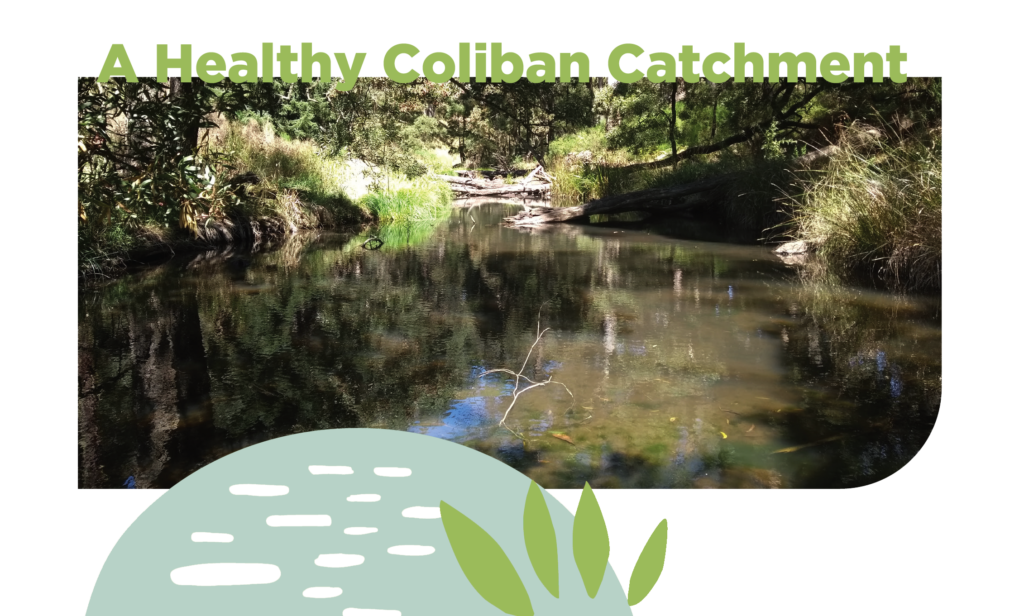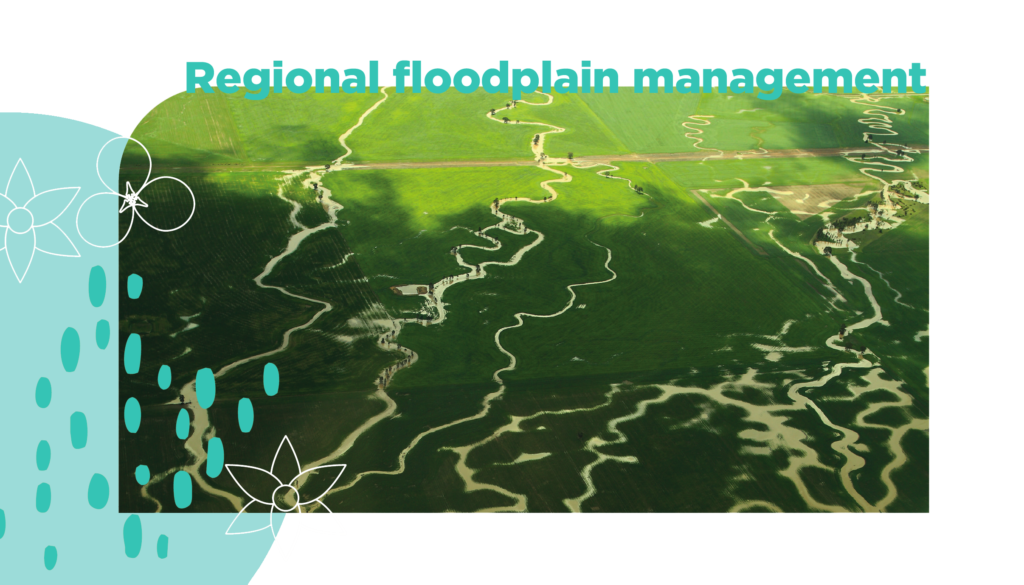Included in this Prospectus are three case studies, each one delivering measurable benefits to biodiversity, agricultural sustainability and resilient communities.

The Plains for Wanderers project is an excellent example of the Forum’s successful community engagement. The Plains-wanderer is a small quail-like bird, which was once widespread across southern and eastern Australia.
Plains-wanderers are of outstanding global significance. They have no close relatives anywhere in the world and are the sole member of an ancient bird family. It is now critically endangered and ranked number one in the world on a list of bird species we can least afford to lose because of their evolutionary distinctiveness.
The challenge for the Plains-wanderer is that its preferred home is now largely mainly prime agricultural land, with the exception of Terrick Terrick National Park and Bael Bael Conservation Reserve. The pre European occupation mix of native herbs and grasses has all but disappeared under cropping and inappropriate grazing pressure.
The challenge for the Plains-wanderer is being able to survive and thrive in a landscape that has changed severally since European occupation. Native grassland habitat is often prime agricultural land that has been drastically reduced under cropping and farming pressure.
The Forum’s members have secured funding to work with landholders to preserve existing Plains- wanderer- friendly grasslands with Trust for Nature covenants and to reintroduce the bird’s preferred mix of native plants to lower quality grassland blocks identified in this region.
The project supports the Plains-wanderer National Recovery Plan, and the success of the current project is the way we have brought a diverse range of groups together to work with and inspire landholders to become involved.
Forum members, particularly Trust for Nature, Parks Victoria, North Central CMA and DEECA, have invested 20 years in building understanding and trust with farmers. Now word has spread across the district, and landholders are approaching project members to offer parts of their farm for protection.
Conservation covenants have secured 750ha of private land, with high confidence ongoing education and support will grow that number significantly. To ensure ongoing survival of the Plains-wanderer, 10,000ha of grasslands need permanent protection. With the work of Forum members and further financial support, this goal will be achieved.
Image copyright James White

A Healthy Coliban Catchment is an innovative 20-year plan with the core aim of protecting one of the region’s most important waterways – the Coliban River and its tributaries upstream of Malmsbury Reservoir.
This area is home to significant numbers of threatened plants and animals and is a key social, cultural and economic area. The waterways are also spiritually and culturally significant to the Dja Dja Wurrung people.
In its first year, A Healthy Coliban Catchment has had some impressive achievements.
More than 30 kilometres of fencing has been erected, 60 hectares of land revegetated, 118 hectares of weeds removed, 60 off-stream troughs installed, and 10 Aboriginal water assessments completed.
Revegetation helps balance nutrients and keep banks stable, encouraging native fish and platypuses.
Livestock cause erosion, and can deposit disease-causing pathogens and excess nutrients into streams. Where fencing has blocked livestock from waterways, troughs have been installed to maintain agricultural production.
Weeds can cause a lot of damage to streams by diverting flows, using excessive amounts of water and they are not good habitat for platypuses.
Aboriginal Waterway Assessments are an early step to identifying and sharing cultural history along waterways.
Existing and future development pressures, climate change and uncontrolled livestock potentially threaten the health of the upper Coliban catchment and its water security.
The project works with local councils, landholders and communities on a range of on-ground actions, and planning and compliance strategies, to protect future water supplies and the environmental and cultural values that make the area so valued and sought-after.
The Upper Coliban River catchment supplies the raw drinking water for more than 130,000 people and rural customers.
With support from new funding partners, the North Central CMA, Coliban Water and the Dja Dja Wurrung Clans Aboriginal Corporation will continue to work with councils, landholders and communities to protect future supplies of drinking water as well as the environmental and cultural values that make the area so sought-after.

With the catastrophic floods of 2011 as a lesson and the long-term forecasts of increasing variability in rainfall pointing to more significant flooding in the future, preparing our communities for the next flood is a major priority for the North Central Partners Forum.
The Partners Forum vision for floodplain management is one where North Central Victorian communities are aware of flooding and are actively taking measures to manage their flood risk.
These measures by landholders, communities and agencies will minimise the consequences to life, property, family, community well-being, the economy and the environment.
Significant investments have achieved some of these aims, and from the Partners Forum point of view, the strengthened commitment of all 14 councils in the North Central Region to flood preparedness and management has been especially important.
The North Central Regional Floodplain Management Strategy 2018-2028 has outlined the next series of projects to achieve the Forum’s aims and has already had significant success.
For example, Forum members including local government, VicRoads and the North Central CMA submitted 21 applications to the Natural Disaster Resilience Grants Scheme in 2018/19.
This effort was rewarded with 12 successful projects representing more than $3 million of investment within the north central region and the applications were so compelling they secured around 2/3 of the scheme’s available funds.
These included the Upper Avoca Flood Study (led by Pyrenees Shire Council), flood mitigation works in Quambatook (led by Gannawarra Shire), community flood education signboards (led by North Central CMA) and Resilient Rochester to build community capacity (led by Campaspe Shire).
These relationships and successes put the Partners Forum in a strong position to continue implementing additional actions in the Strategy and achieve our vision for the community.


